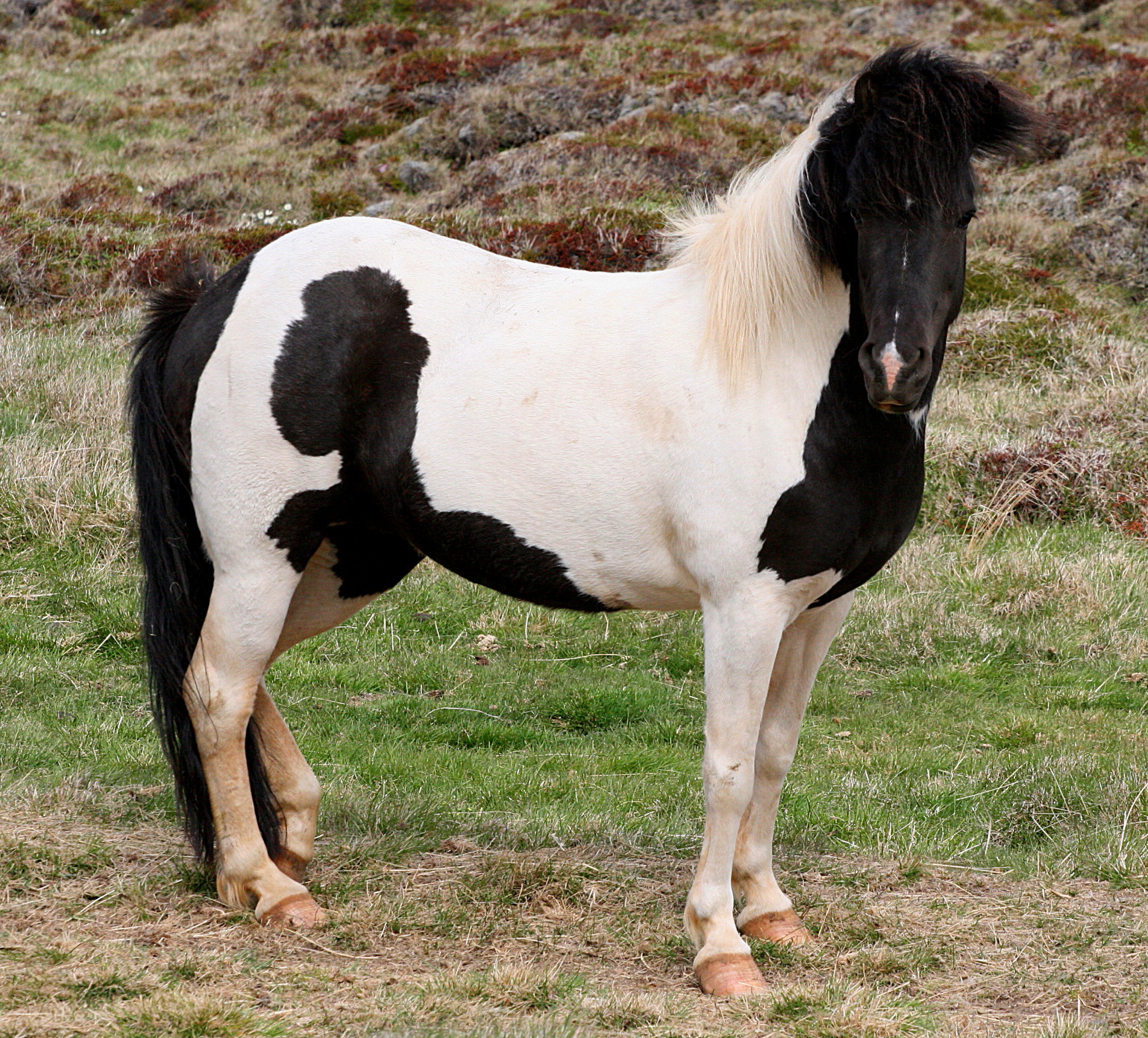The Icelandic Horse is an ancient breed, so we cannot be truly certain of its origin. It was probably brought to Iceland by the Vikings in either the 9th or 10th century, but we can't know this for sure. This noble breed has many characteristics in common with the Mongolian Horse, but so little is known about its ancestry that it is impossible to say if these horses have a common ancestor.
Regardless of where the horse originally came from, the Icelandic Horse has spent the better part of a millennium isolated from other horse breeds. This has resulted in a pure horse with a hardy constitution. They were, and are, prized in Iceland for their well-rounded abilities and were used as both workhorses and for transportation. Today, this sweet horse is used for sheepherding, transportation, and competition.
Standing from 12 to 14 hands high, the Icelandic Horse can come in practically any color or pattern except for the spotted patterns. The hooves tend to be feathered and some horses have a slight beard on the chin, but only in the winter. These traits are common in breeds that have developed in cooler climes independently of other horses.
The most defining trait of the Icelandic Horse is the distinctive gait. Like most breeds, it can trot and canter, but it also has a more unusual gait called the tolt. This gait, which is similar to a rack, involves a four-beat gait with a high-stepping movement. The tolt is smooth and beautiful and can range in speed from a walk to a gallop. Many Icelandic Horses move with a flying gait, which is a two-beat gait where both legs on the same side move as one. Like the told, this gait is lovely to behold.
With its sweet face and cheery disposition, the Icelandic Horse is a fun and expressive companion. For more information on this unique breed, see The United States Icelandic Horse Congress.

No comments:
Post a Comment